
On Jan. 2, 2021, I left my home in Enola with a goal to run one mile in all 121 Pennsylvania state parks. While I tend to over plan for trips, I wanted my so-called “121 In 21 Challenge” to be a learning experience.
Despite living in Pennsylvania for a decade, I knew nothing about its parks and forests. So everything I learned would be in the parks and on the trails. And while the experience was fun, there’s some simple information that would have been good to know before heading out hundreds of miles from my home.
Don’t be like me. Be smart and be prepared.
The below list is compiled after more than 35 hours of running across this beautiful commonwealth. I made the mistakes – and paid the price – so that you don’t have to.
Don’t count on water or bathrooms
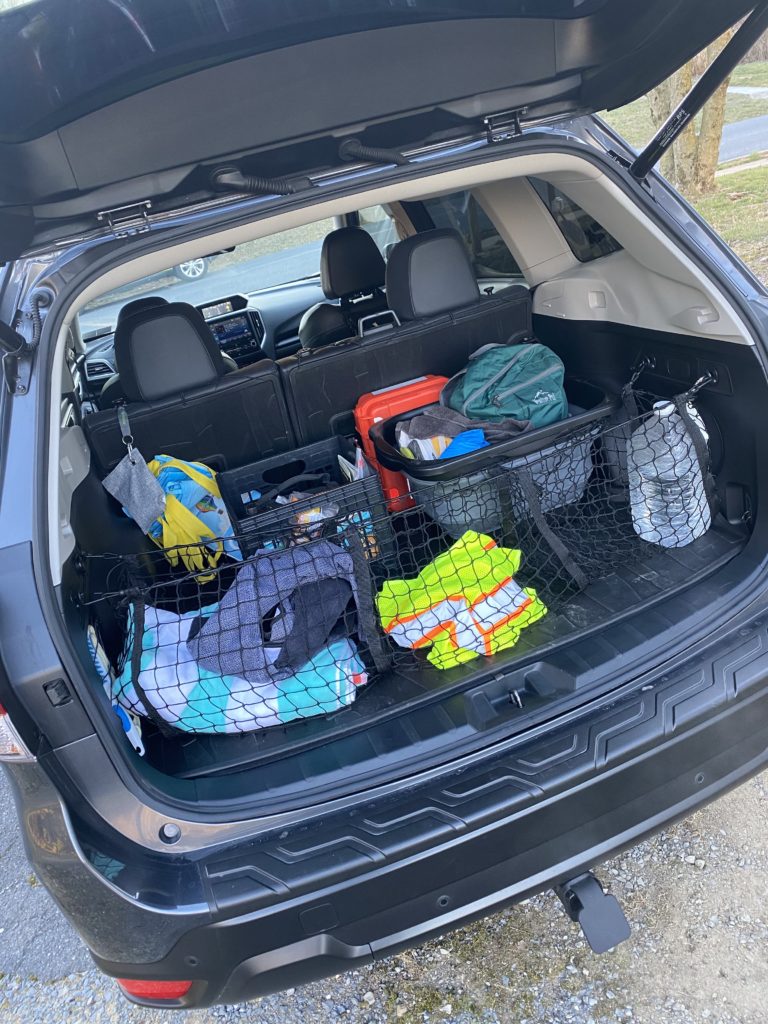 The vast majority of Pennsylvania parks offer restrooms and fountains. But not all of them. I’ve run into plenty – Denton Hill, Upper Pine Bottom and Prouty Place State Parks – that don’t offer either.
The vast majority of Pennsylvania parks offer restrooms and fountains. But not all of them. I’ve run into plenty – Denton Hill, Upper Pine Bottom and Prouty Place State Parks – that don’t offer either.
For the water situation, your best bet is to bring your own water. I always have a few gallons packed in my car just for this situation. Make sure you always have water with you when participating in outdoor activities.
For the bathroom situation, make sure to use the restroom BEFORE you get to the park. You could also scope out a nearby convenience store to use as an emergency bathroom.
There’s plenty of elevation
 One of the earliest mistakes I made was not checking the elevation maps before heading out on the trails. I’d arrive at a park and run my planned trail, no matter the elevation. Afterwards, my legs would be smoked and would make any other park runs that day feel like agony.
One of the earliest mistakes I made was not checking the elevation maps before heading out on the trails. I’d arrive at a park and run my planned trail, no matter the elevation. Afterwards, my legs would be smoked and would make any other park runs that day feel like agony.
If you don’t want the strain of intense decline or inclines or are worried about your body giving out on a particular trail you want to hike, make sure to read about the trail on the PA Department of Conservation and Natural Resources park website.
Trail markings aren’t guaranteed
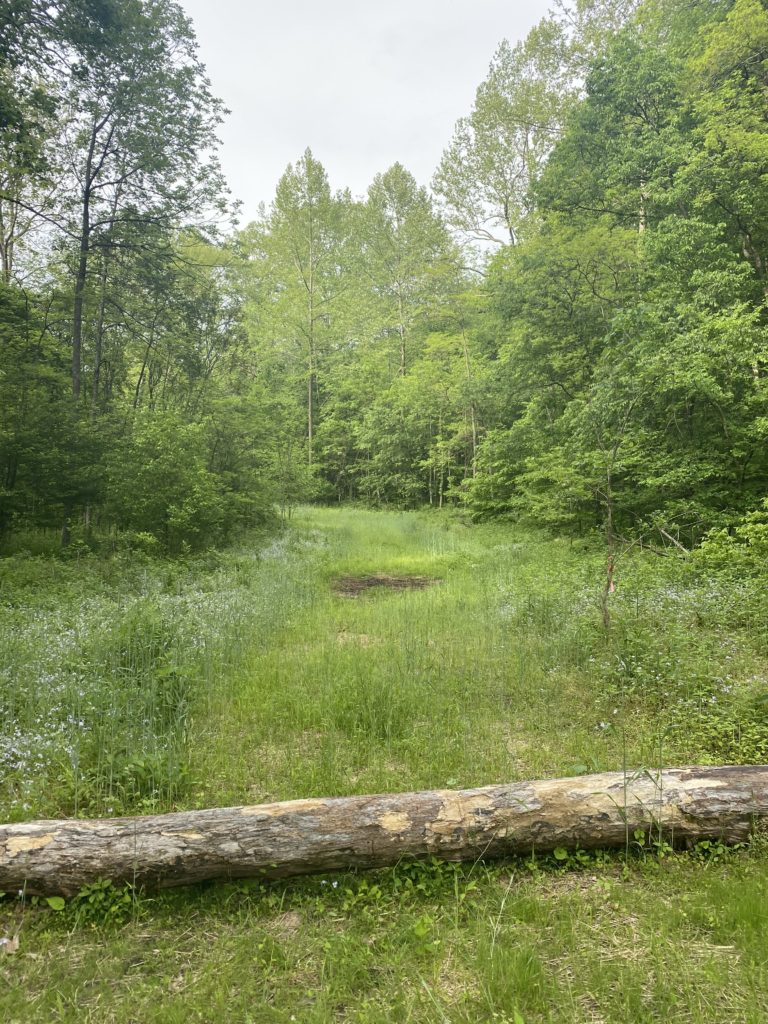 One of the things that made me most uncomfortable about exploring the outdoors was getting lost. My concerns were mostly assuaged by the presence of trail markings – usually paint blazes on trees.
One of the things that made me most uncomfortable about exploring the outdoors was getting lost. My concerns were mostly assuaged by the presence of trail markings – usually paint blazes on trees.
However, blazes are guaranteed. Trees get knocked down, trails get rerouted and sometimes there are no blazes at all. Before you head out on the trail, pick up a map. You could also take an orienteering course from the DCNR. That way, you can use a compass confidently on a trail and ensure you’ll never get lost.
Cell service is not always available
“I could never get lost, I would just use my cell phone GPS.” Ehhh. Not so much.
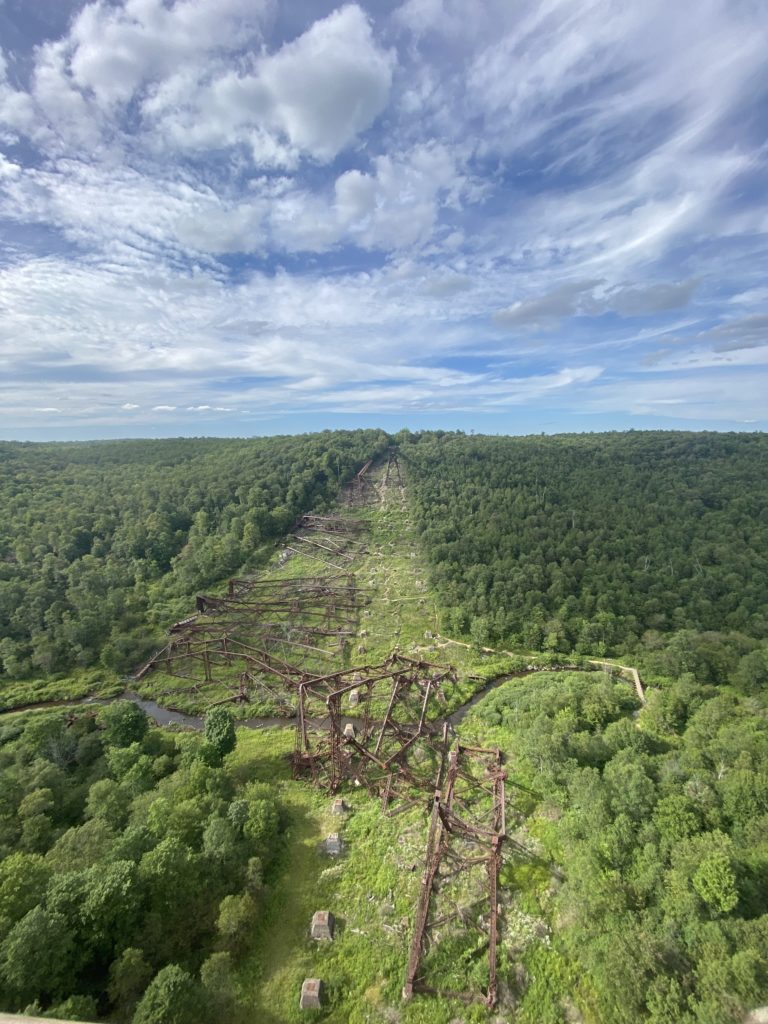
Cell service can be spotty to downright nonexistent in many state parks. One of the steps I took was downloading an offline map – which is available on Google Maps – to use in case of an emergency. I also stopped by a park office or looked for an information board to grab a physical park map.
If I was unable to find a park map – which was a constant struggle during COVID times – I would pack an emergency phone battery bank in case I needed to self extricate after getting lost and using my cell phone. Now, there’s little chance of getting SO far off trail that you’d need it, but I’d rather be safe than sorry.
Trails conditions are not always ideal
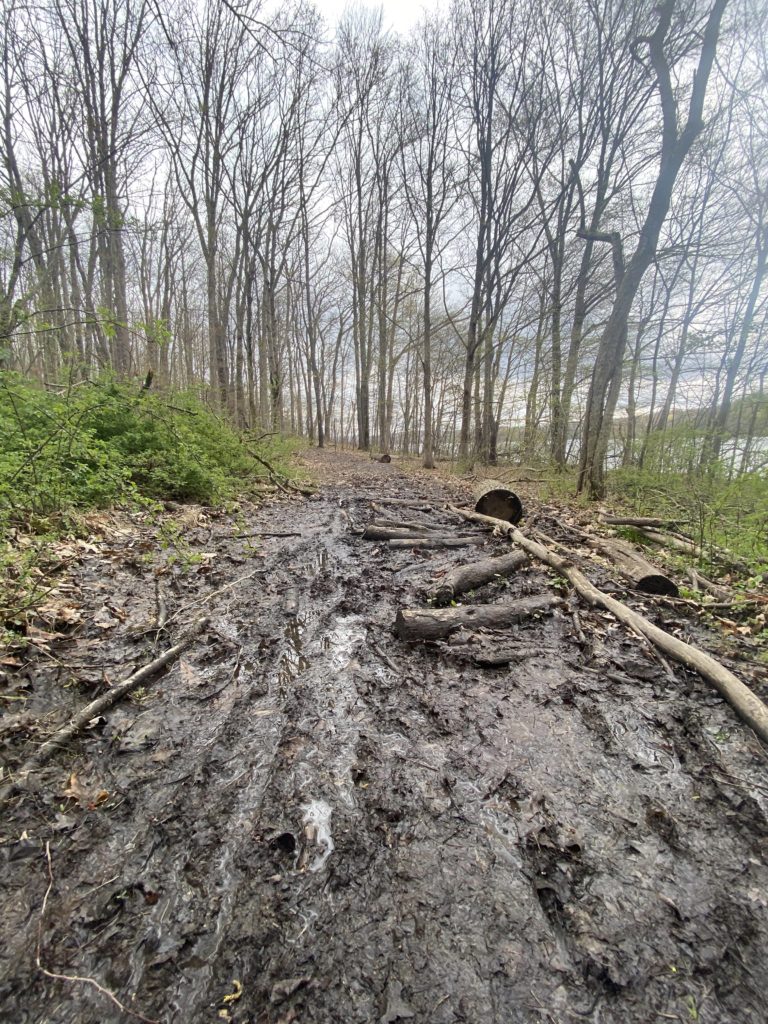
Trail running magazines make trail running look so beautiful. Most are shot in the Pacific northwest, with spotless runners effortlessly gliding over perfect trails. But anyone that has spent time outdoors knows that isn’t true. Trails are muddy and are full of rocks and roots looking to claim another ankle.
No matter how hard park rangers work, they cannot guarantee perfect trails. They will be waterlogged after rain. They will be overgrown. They will be bisected by fallen trees. If you’re worried about getting wet, bring an extra pair of socks and wear rain gear.
If you’re worried about hiking around an obstacle, turn back around. There is no reason to put yourself in danger on a hike or run. Just think critically and be safe.
Food choices are limited
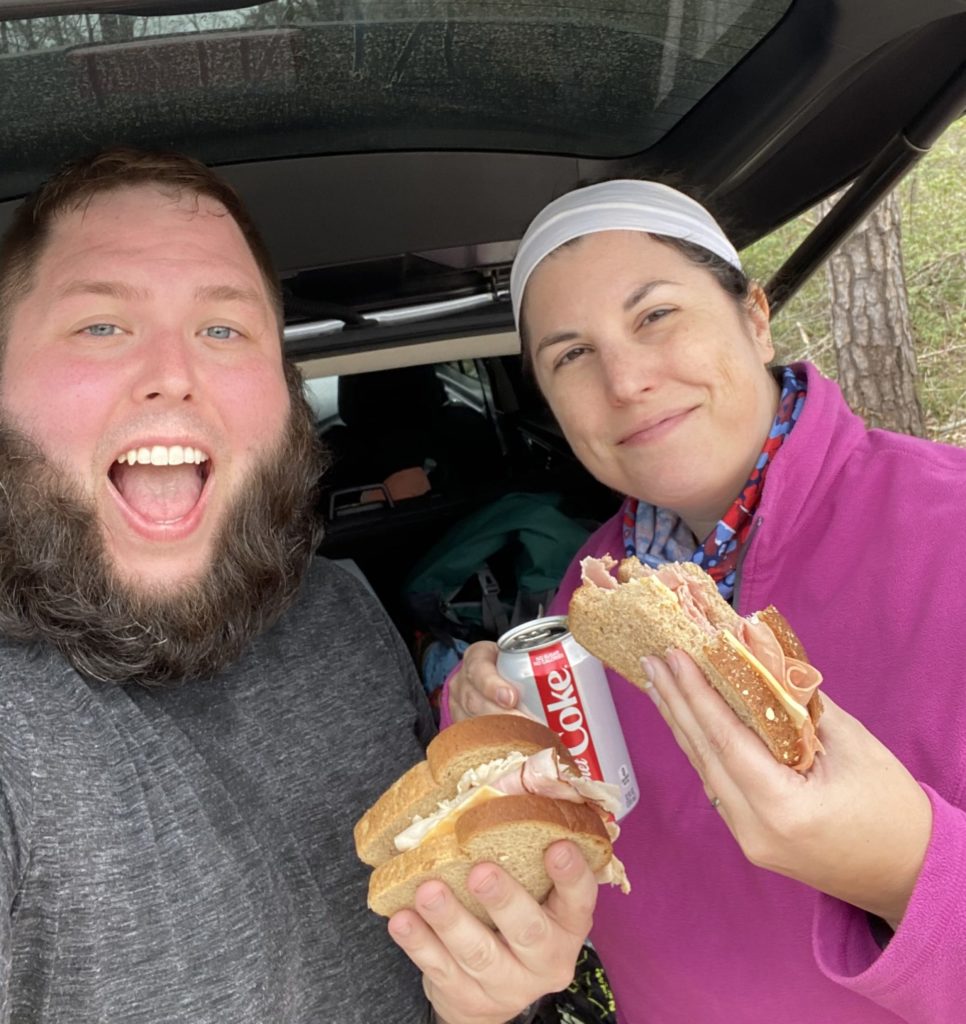 Out of the 121 Pennsylvania State Parks, very few have shops to buy some snacks. Even fewer have what might be considered restaurants. With that in mind, don’t assume the park you’re going to will have food to purchase.
Out of the 121 Pennsylvania State Parks, very few have shops to buy some snacks. Even fewer have what might be considered restaurants. With that in mind, don’t assume the park you’re going to will have food to purchase.
Luckily, there are tons of great businesses around commonwealth parks. You could grab some food from these great restaurants before or after your park visit. Another option – and my personal favorite – is packing a cooler. I pack sandwich making materials, snacks and drinks for a picnic. Snag a picnic bench out of the sun and enjoy your food with a beautiful view.
There’s a reason the Boy Scouts’ motto is: “Be Prepared.” Being prepared allows you to take on a number of situations without fear of encountering something you wouldn’t be able to handle. I continued to learn that lesson throughout my 121 In 21 Challenge.
Hopefully, you can learn from my mistakes and be prepared for anything you may encounter in Pennsylvania’s state parks and forests.
PPFF’s Guest Blogger, Christian Alexandersen, has visited all 121 state parks in Pennsylvania, running one mile in each! Now he shares with us tips and tales from his journey. To read more blog posts from Christian and other PPFF guest bloggers, visit our News page.
Subscribe to our weekly e-blast to stay up to date on News, Events, and Blog posts!




